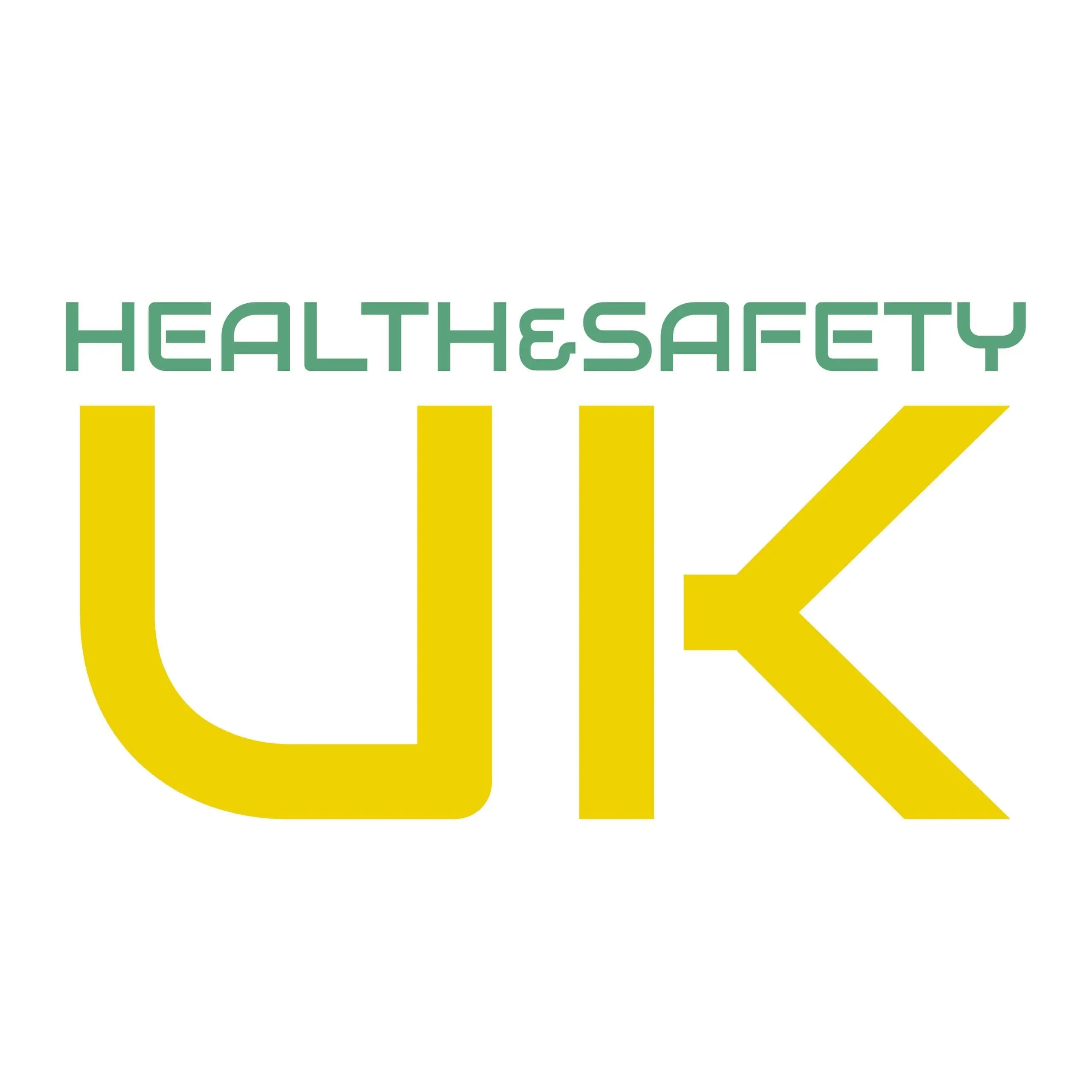Why do I need this document?
A Risk Assessment Policy is a vital document that outlines guidelines and procedures for identifying, evaluating, and mitigating risks within an organisation. This policy is essential to ensure a safe, healthy, and productive working environment. Here are the reasons why having a Risk Assessment Policy is important:
1. Workplace Safety: The primary focus of the policy is to prioritise the safety and protection of all employees. This includes implementing measures to identify and mitigate potential hazards before they lead to accidents or injuries.
2. Regulatory Compliance: The policy ensures compliance with relevant laws and regulations regarding workplace safety. Adhering to these standards helps to avoid legal penalties and ensures the organisation meets national safety requirements.
3. Risk Management: The policy helps to identify potential risks and hazards in the workplace and implement appropriate measures to mitigate these risks. Proactively addressing these concerns reduces the likelihood of incidents and enhances overall workplace safety.
4. Health and Well-being: The policy promotes the health and well-being of employees by identifying and addressing potential hazards that could cause harm. A safe work environment supports a healthy and productive workforce.
5. Training and Awareness: The policy should emphasise the importance of training and awareness for all employees. Regular training on risk assessment procedures, recognising hazards, and understanding the policy ensures staff are well-informed and vigilant.
6. Hazard Identification: The policy should include guidelines for systematically identifying potential hazards in the workplace. This includes physical, chemical, biological, ergonomic, and psychosocial hazards.
7. Risk Evaluation: The policy should establish procedures for evaluating the severity and likelihood of identified risks. This helps to prioritise risks and allocate resources effectively to mitigate them.
8. Control Measures: The policy should provide information on implementing control measures to mitigate identified risks. This includes engineering controls, administrative controls, personal protective equipment (PPE), and safe work practices.
9. Employee Involvement: The policy should encourage the active involvement of employees in the risk assessment process. This includes reporting potential hazards and participating in risk assessment activities.
10. Communication and Information: The policy should ensure that employees are informed about the guidelines and procedures related to risk assessment. Providing clear instructions and information enhances awareness and cooperation in maintaining a safe work environment.
11. Confidentiality: The policy should outline measures to ensure confidentiality in handling risk assessment information. Protecting employee privacy encourages openness and trust in the process.
12. Monitoring and Evaluation: The policy should establish procedures for monitoring and evaluating the effectiveness of risk assessment measures. Regular reviews and updates ensure that the policy remains effective and relevant in addressing workplace safety challenges.
A well-structured Risk Assessment Policy is crucial for organisations, as it ensures the safety, health, and well-being of all employees. By establishing clear guidelines and expectations, the policy contributes to a secure, productive, and supportive working environment. The policy should be regularly reviewed and updated to ensure it remains relevant and effective in managing risks associated with workplace hazards.
Industries:
1. Manufacturing
2. Finance and Banking
3. Technology
4. Healthcare and Pharmaceuticals
5. Energy
6. Construction
7. Retail and Consumer Goods
8. Transportation and Logistics
9. Tourism and Hospitality
10. Agriculture and Food Production
11. Creative Industries
12. Education
13. Mining and Quarrying
14. Professional Services
15. Public Sector












Reviews
There are no reviews yet.